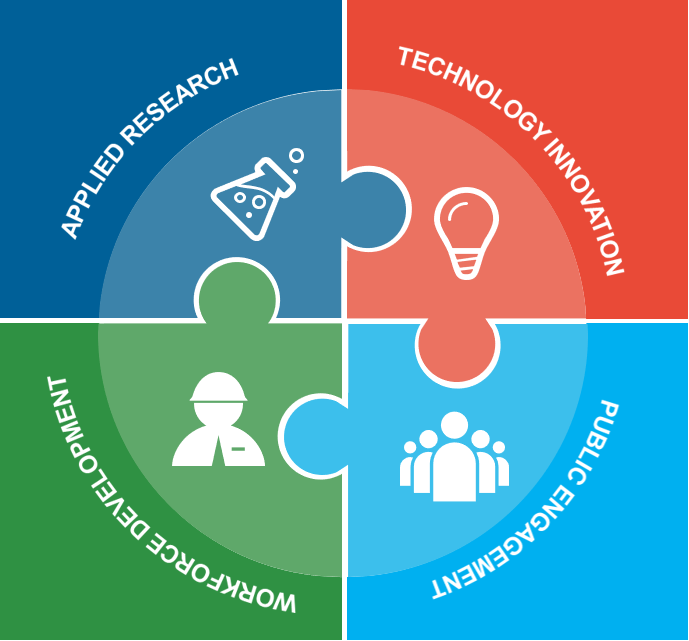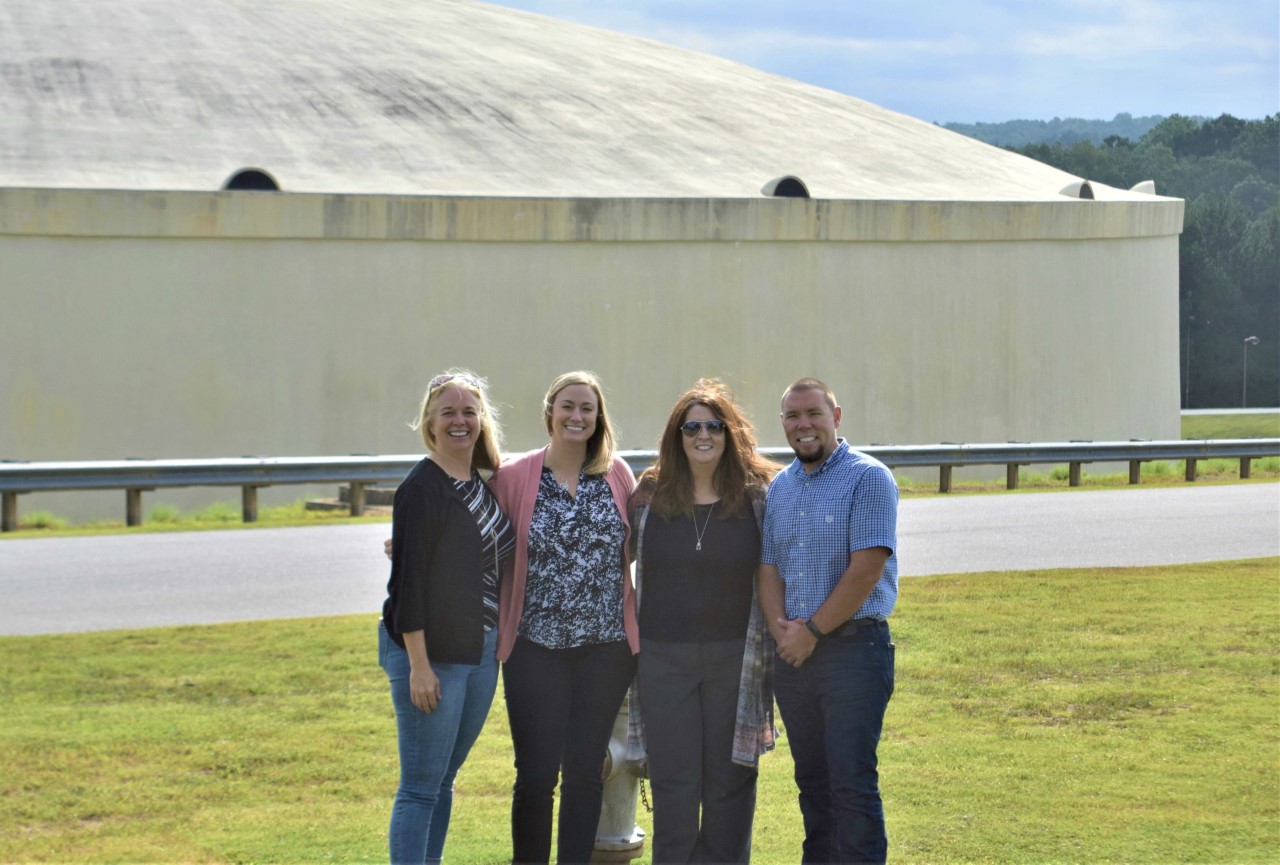Water is a critical component of the engine of economic prosperity for our communities. A safe, reliable, and efficient water supply allows for growth, encourages investment, and provides a significant contribution to the quality of life in every community. As such, the stakeholders of the water sector – policymakers, regulators, customers, utilities and water suppliers, utility workers and the manufacturing supply chain – each play an important role in ensuring that our communities can meet their aspirational goals. Together with technologies, academia, and investors, this diverse group contributes immeasurably to the economic vitality of our communities.
By bringing communities together, we can face the challenges of sustaining that vibrant economy while dealing with ever-tightening fiscal environments, water resource volatility, climate change and resiliency, the financial and public health impacts of aging infrastructure, and meeting the demands of an increasingly digital population.
Water Volatility
Most states in the US have seen significant changes in precipitation and temperature patterns over the past 50 years. While the discussions of climate variability usually revolve around temperature and greenhouse gas (GHG) emissions, water is the medium through which the impacts of these changes will be first and most acutely felt.
The water sector is in a unique position with respect to managing the effects of this climate volatility on our resources. Not only are our water utilities on the front line of the major effects of an increasingly warming world – water scarcity, reductions in snowpack, changes in the timing and velocity of the natural water delivery systems, increased flooding and storm activity – they also make significant contributions to GHG emissions due to the energy required to convey water.
Aging Infrastructure
Our municipal infrastructure is aging. While bridges, highways, roads, and buildings decay before our eyes, our buried infrastructure is invisibly deteriorating. Our constructed water and wastewater infrastructure have served us well for many generations and can be credited with much of the economic success our cities enjoy. However, it remains invisible to inspection and often invisible to investment.
The result is that our water and wastewater infrastructure is at a crossroads, creating the potential for dramatic disruption as these vital systems reach the end of their useful lives.
Increasing Customer Expectations
Customer expectations for water utilities are set not by comparisons to other water utilities, but to banks, airlines, and retail and online shopping experiences. Therefore, for those utilities that aim to delight their customers, apart from providing them exemplary service they must model their on-line presence and transactional capabilities against these enterprises to guarantee a positive customer experience while providing a rapid and intuitive customer journey.
In the past, a utility would communicate with its customers only with a bill. Today, customers expect their utilities, banks and other service providers to push information to them, providing a bespoke experience by allowing the customer to select when and how they are contacted while providing detailed, relevant and timely information at their fingertips and phone screens.
Aging Workforce
Utilities are losing corporate knowledge at an alarming rate. Overall, the utility workforce is aging. Nationwide, 22.5 percent of utility workers are at or above the age of fifty-five. For the water sector, however, the problem is more acute with 70 percent of states indicating that the percentage of water employees at or above the age of fifty-five, which is greater than the national utility average.
In addition, the overall age distribution of utility workers is significantly skewed as compared to the workforce in general, with a larger proportion of the industry moving into retirement age.
This represents a significant challenge for utilities: how to retain and store a generation’s worth of knowledge of systems so that it remains available and easily accessible. The problem is exacerbated by the fact that the operation of water systems is a knowledge-based industry that necessitates significant training and experience to be effective.
Increasing Need for “One Water” Management
Historically, our utilities are perceived as technical enterprises, populated with specific jobs and functions necessary to achieve the mission. The reality is that the utility operates as an entity integrated both within its own structure, but also within the municipal estate and as a customer service organization. The dynamic and changing operational structure plus the need for increasing visibility means that we must bring the utility’s internal systems together while also increasing the connectivity to the entire city and at the same time changing from an inwardly-focused, insular organization, to a customer-centric one.
Examples of this include having full visibility of all assets and activity across the utility; using both real-time data as well as historical data to identify issues; integrating all asset tools, business tools, work order systems into an enterprise-level command-and-control system; and improving overall customer experience through both transparent engagement and the delivery of cost-efficient, reliable services.
The result is a holistic management approach that efficiently provides for operational support, system maintenance, capital planning and execution, and continuous improvement.
But there is risk
When producing drinking water, treating wastewater, managing stormwater or delivering recycled water, we cannot lose sight of the fact that each of these services carries with it the burden of public health. Our utilities are truly “public health agencies” and it is for good reason that there’s no prize for placing public health on the line with untried technologies.
The result is that the industry is follower based, relying on tried and true technology. Developing strategies that allow for innovation but align with the utility’s public health mandate are critical to encouraging innovation.
Our Focus

The Water Tower, the new innovation hub in Gwinnett County, Georgia, is providing a transformation ecosystem that combines research, technology innovation, workforce development, and community engagement as building blocks to elevate the conversation around water. Our focus is to provide a place where there are no silos, where private, public, and academic institutions work together to address critical challenges in the water sector. A place where water is seen as the growth industry of the future – sexy enough to attract employees, entrepreneurs and partners, and interesting and forward-thinking enough to retain the brightest and dedicated workforce.
It is the combination – the interplay – of applied research, technology innovation and demonstrations, workforce training, and community engagement that will create an impact in the water industry and ensure our communities are resilient. The Water Tower is uniquely designed to play a critical role in this journey.

Won’t you join us?
BY – Melissa L. Meeker





